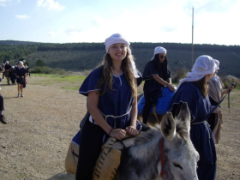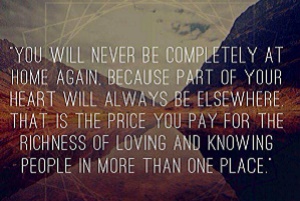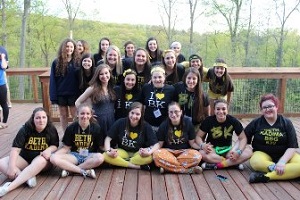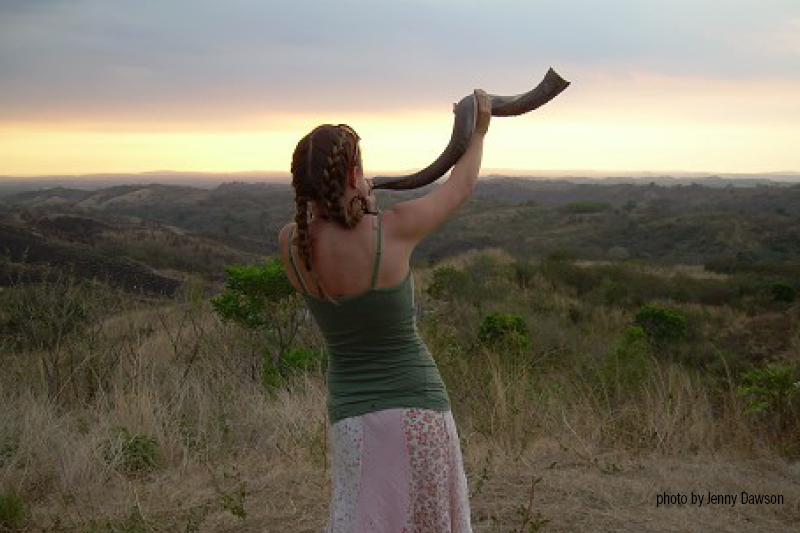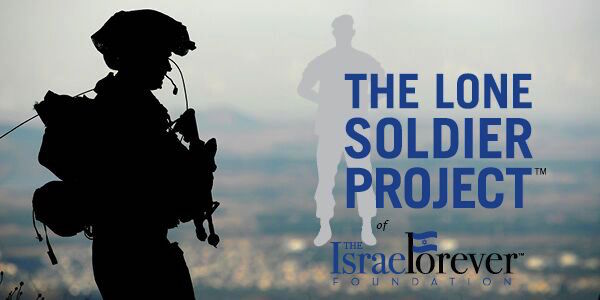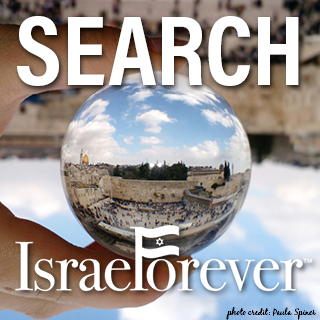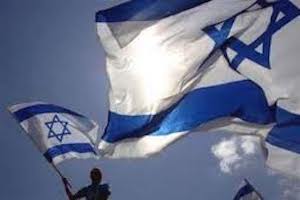Inventing Myself As A Jew
By Peter Margolis
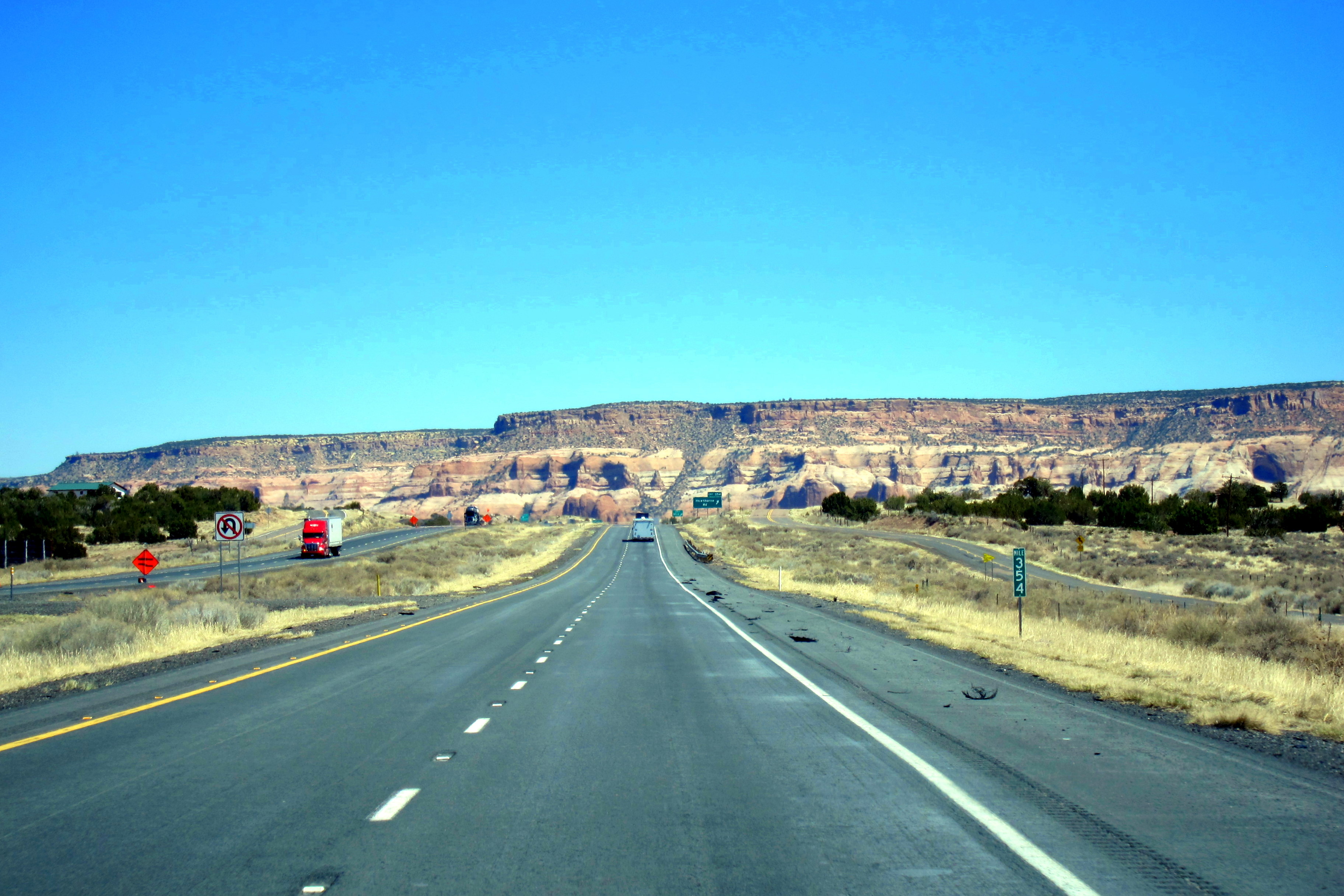
In mid-July 1976 after several years of adventures that will never appear on my CV, I hitch-hiked from the west coast to visit my parents in New York State. Along the way, I was stranded for a day on a stretch of Interstate 20 in Arizona that passes through the Navajo reservation. From my perch by the highway I could see the Navajo in the distance in the shimmering desert heat.
Here, I thought, is a group of people who conceive of themselves as a nation, who possess a tradition (whatever it may be), and who have their land. Perhaps the Entebbe raid a couple weeks earlier had awakened in me some subliminal Jewish identity.
In any event, I realized that I, too, belong to a nation that possess tradition (whatever it may be) and land.
On the spot, I decided to move to Israel.

Minutes later, a car stopped and gave me a ride all the way to the east coast. Back in my little town, I proceeded to synthesize a rather patchy Jewish identity to make up for the Jewish education I never had. I read everything I could find on Israel, Zionism, and Judaism, signed up for an intensive Hebrew language work-study ulpan at Kibbutz Gesher in the Jordan Valley, and saved for my airplane ticket.
As an introduction to Judaism, I found a copy of What Is a Jew? by Morris Kertzer. I recall thinking: "These people are into everything I'm into!" A quotation in that book was taken from “Where We Can Find God” in the Reconstructionist Sabbath Prayer Book:
God, where shall I find Thee, Whose glory fills the universe? Behold I find Thee
Wherever the mind is free to follow its own bent,
Wherever words come out from the depths of truth, Wherever tireless striving stretches its arms towards perfection,
Wherever men struggle for freedom and right,
Wherever the scientist toils to unbare the secrets of nature, Wherever the poet strings pearls of beauty in lyric lines, Wherever glorious deeds are done.
Having read Hindu writings during my sojourn in the counterculture, I was enchanted to discover that the prayer had been translated into Hebrew and English from a poem by Rabindranath Tagore.
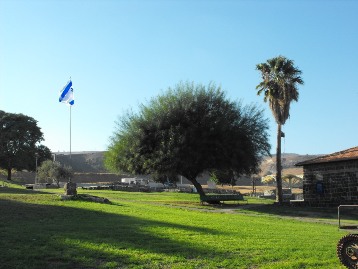
In Hadassah magazine I read of a wizened Jewish tailor, eyes streaming, kissing the deck gun of an Israeli missile ship participating in the American Bicentennial flotilla in New York harbor. This image filled me with great wonder. (I later met a member of that ship’s crew who described a similar sense of wonder.)
This, then, was my return to the Jewish people. I arrived at Kibbutz Gesher in the Jordan Valley on erev Shabbat, January 14, 1977, with $300 in my pocket and completely ignorant of Hebrew.
For the next year until my conscription into the IDF, I worked in the citrus orchards, cotton fields, and date groves (my favorite). I learned Hebrew, traveled, thought, and devoured books: the Bible, Jewish history, and reports of archaeological excavations.
I kissed the ground of Israel.
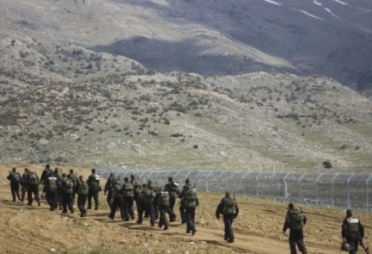
Photo By: AP
Looking to try my hand at establishing an organic community, I volunteered for the famous Nahal (נח"ל Hebrew acronym for No'ar Halutzi Lohem - Pioneering Fighting Youth) brigade and enlisted on January 29, 1978.
I moved to Kibbutz El-Rom, a struggling new kibbutz on the Golan Heights near Kuneitra, as a hayal boded (lone soldier).
The IDF was an intense experience of Jewish community, and my first exposure to traditionally observant Jews.
The blend of disparate personalities and approaches to Judaism in a cohesive and caring 10-man infantry squad became to me the prototypic minyan.
Among my most prized memories: Shabbat under a Judean Desert sky white with stars during summer exercises, our tents spread out like an ancient Israelite encampment.
Stoned with fatigue, relaxing in the moments before sleep after a festive meal complete with Kiddush over army-issue wine and field kitchen delicacies, feeling strong and dangerous, I felt myself for the first time to be a living link in the generations of the Jewish people.
Another: Climbing the peak of Sartaba (Alexandrion) high above the Jordan Valley on a grueling stretcher march, the final part of the ascent so steep we were on hands and knees, to find an army education officer waiting at the top to give us a lesson on the archaeology of the site over chocolate milk and cheese blintzes.
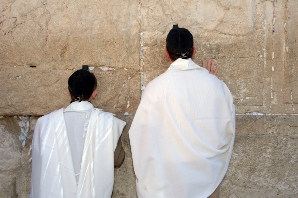
And my belated Bar Mitzvah: One Friday afternoon, on weekend leave in Jerusalem, over coffee in the Christian Quarter of the Old City, I let slip to a comrade-in-arms that I had declined that ritual at the usual age. He marched me down to the Western Wall where the Chabad youth corps wrapped me up in tefillin and led me through the prayers of the Shema. The hareidi owner of a café in the Jewish Quarter postponed closing for Shabbat long enough to treat us to soft drinks and leftover sandwiches. It was the most festive meal of my life.
Those vignettes barely scratch the surface. The Jewish and Israeli adventures that I began as a hayal boded were just the start of many more, with no end in sight to this day. Stepping onto that path was a good choice for me, and might be one that deserves consideration among your Jewish decisions (with or without the bit in the Arizona desert).
And rumor has it that Nahal, an elite infantry unit with a social conscience, is still as crazy as ever.

